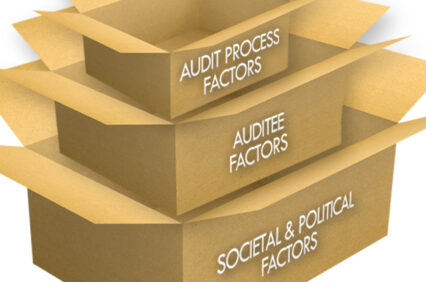With the spread of Information Technology (IT) in government activities, Supreme Audit Institutions (SAIs) have been increasingly implementing Computer Assisted Auditing Techniques (CAATs). Among the CAATs, Geographic Information System (GIS), which can depict, overlay and analyze geospatial information based on location, can be of value for every step of audit. The GIS can efficiently depict and analyze attribute data, as well as…
Tag: Feature Articles
Filter By:























